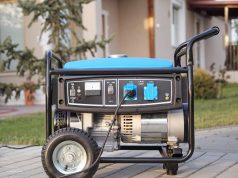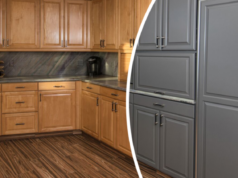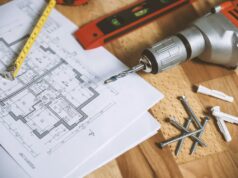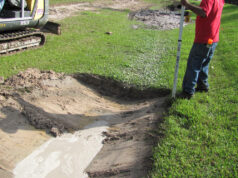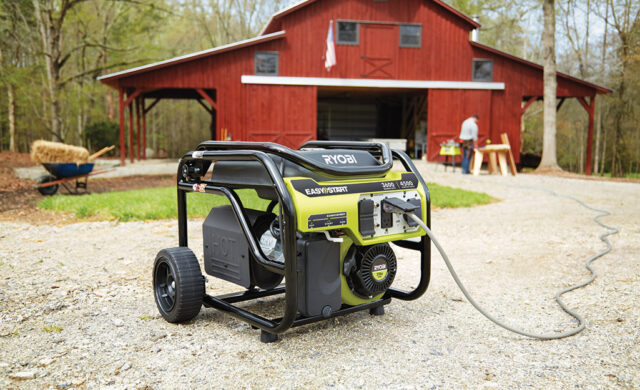
Welcome to the ultimate guide to powering up your home in 2024! If you’re thinking about buying a generator to keep your lights and appliances running during an outage, you’ve come to the right place. In this blog, we’ll discuss what size generator is needed to power a house and how it can help you get prepared for any emergency situation. So let’s get started and find out what size generator is best for your home!
What are the different types of generators available?
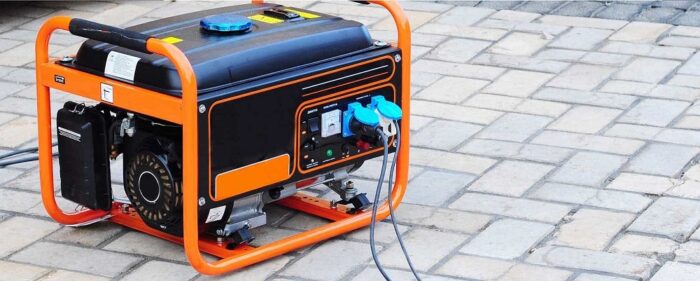
When you are looking for generator sales, you have several factors to consider and multiple types of generators from which to choose. Portable generators are typically used for temporary power in outdoor or emergency situations. Standby ones are hardwired into the existing electrical system, providing automatic backup if the main power fails.
Portable
Small, propane-powered units are available for providing portable power in areas where it is not possible to connect to a main source. These can be powered by gasoline, propane or diesel and come in various wattage sizes depending on your needs. They don’t need to be connected to the power grid, making them ideal for more remote locations or camping trips.
Stationary
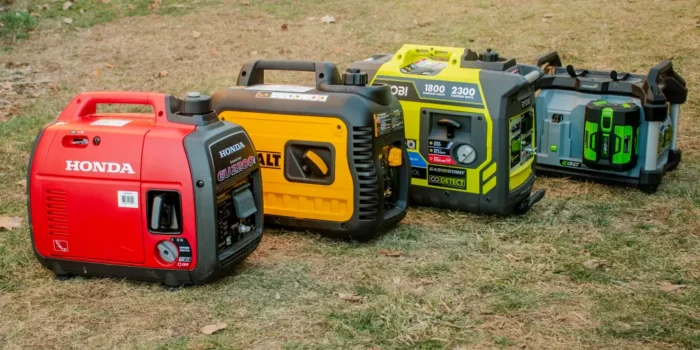
If you want an integrated stationary generator that is permanently installed at your home or other facility, there are many types of options available that range from small, low-wattage models up to larger commercial sized units that can produce up to 25 MBTX per hour of electrical power. Smaller units use natural gas or liquid propane from an external fuel tank and provide enough power for one circuit in your home such as a refrigerator. Larger units may require natural gas lines fed directly from a utility supplier’s pipeline, although some may require additional fuel sources such as diesel fuel reservoirs on site.
Inverter
These generators convert direct current (DC) electricity produced by the generator into alternating current (AC) electricity used in most homes today via an integrated inverter unit. This type maintains a sine wave design – meaning it provides more consistent and balanced electrical output over all other types of standby generators – reducing damage potential from fluctuating voltage levels found with standard generator systems. Inverter models also produce less noise than other models due to their engineering design – verifying it meets local noise ordinances before installation is necessary though unless you plan on using them outdoors intermittently for temporary power needs only.
How to calculate the size of generator needed to power a house?
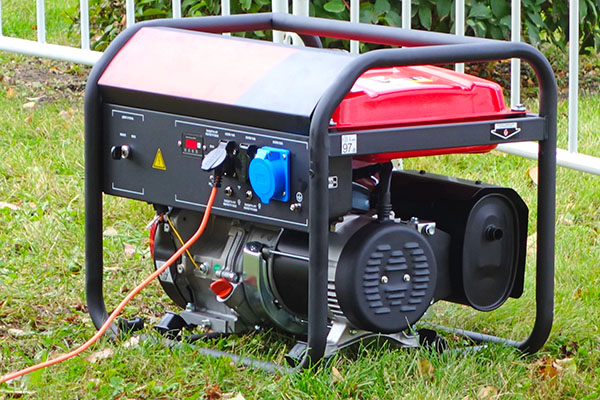
Accurately selecting the correct generator size for your home is an important step in ensuring that your family has reliable electricity during an outage. Determining the size of the backup generator you need for powering a house requires factoring in the wattage requirements of large appliances that need to be powered in case of an emergency.
Adding up your appliances’ total wattage can give you a general idea of what size generator is required. To determine the exact generator size needed for your home, you should also consider starting requirements (also known as ‘surge’ or ‘peak load’) which many of your larger appliances will have during start up. It is generally best to choose a generator with enough power capacity and running capability for most if not all of your equipment – this way you have a backup plan for all potential scenarios.
Conclusion
In conclusion, determining the size needed to power a house is not a one-size-fits-all calculation. Factors such as the number of required appliances and devices, the type of fuel being used, local regulations on their installation and operation, and other considerations must be taken into account in order to choose the most suitable unit for your specific needs.


